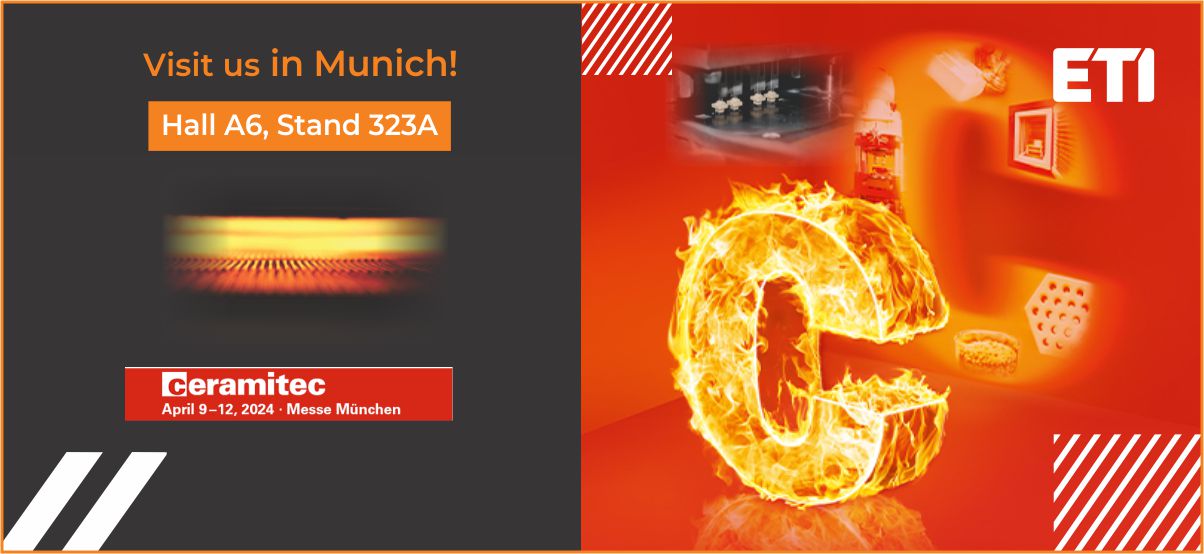Material preparation
Our ceramic materials are manufactured from natural raw materials, which are sourced from high quality sources worldwide. Before further processing raw materials are stored at our new raw material warehouse.
By wet milling process in ceramic ball mills (batch sizes from 50 to 5000 kg) aqueous suspensions are made. After wet milling, dehydration follows in two possible ways:
- filter pressing is a mechanical dewatering process. The filter chambers are covered by filter clothes which remove water from solid phase.
- spray drying: aqueous suspension is pumped through nozzles, water is removed by hot air. Ceramic granulate is a product of spray drying. Two spray dryers are used, with capacity of more than 1.400 kg/h.
Our material preparation process meets the requirements of environmental standard ISO 14001 and IPPC directive. Our dust emissions from spray dryers are very low due to efficient dry bag filters. We recycle process waste water wherever possible. Central cleaning station (with both technological and biological function) is assuring that clean water exits back to our environment.
Next phase before the production is mixing/homogenisation.











